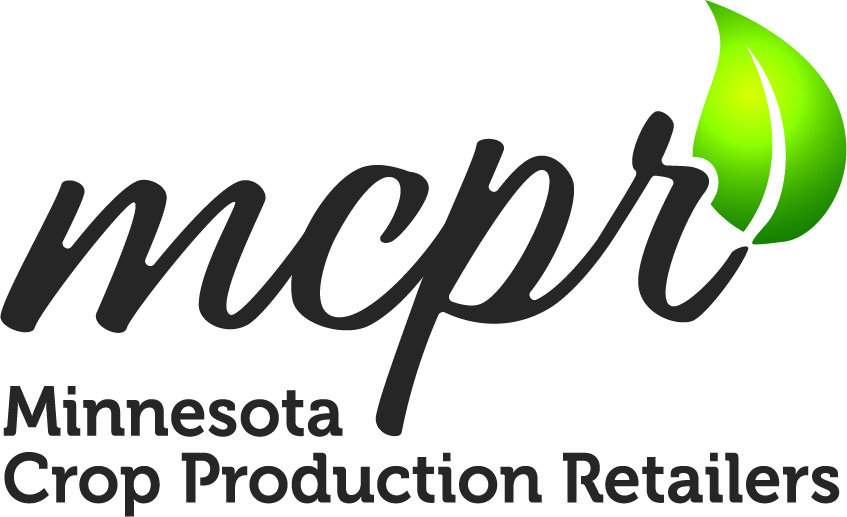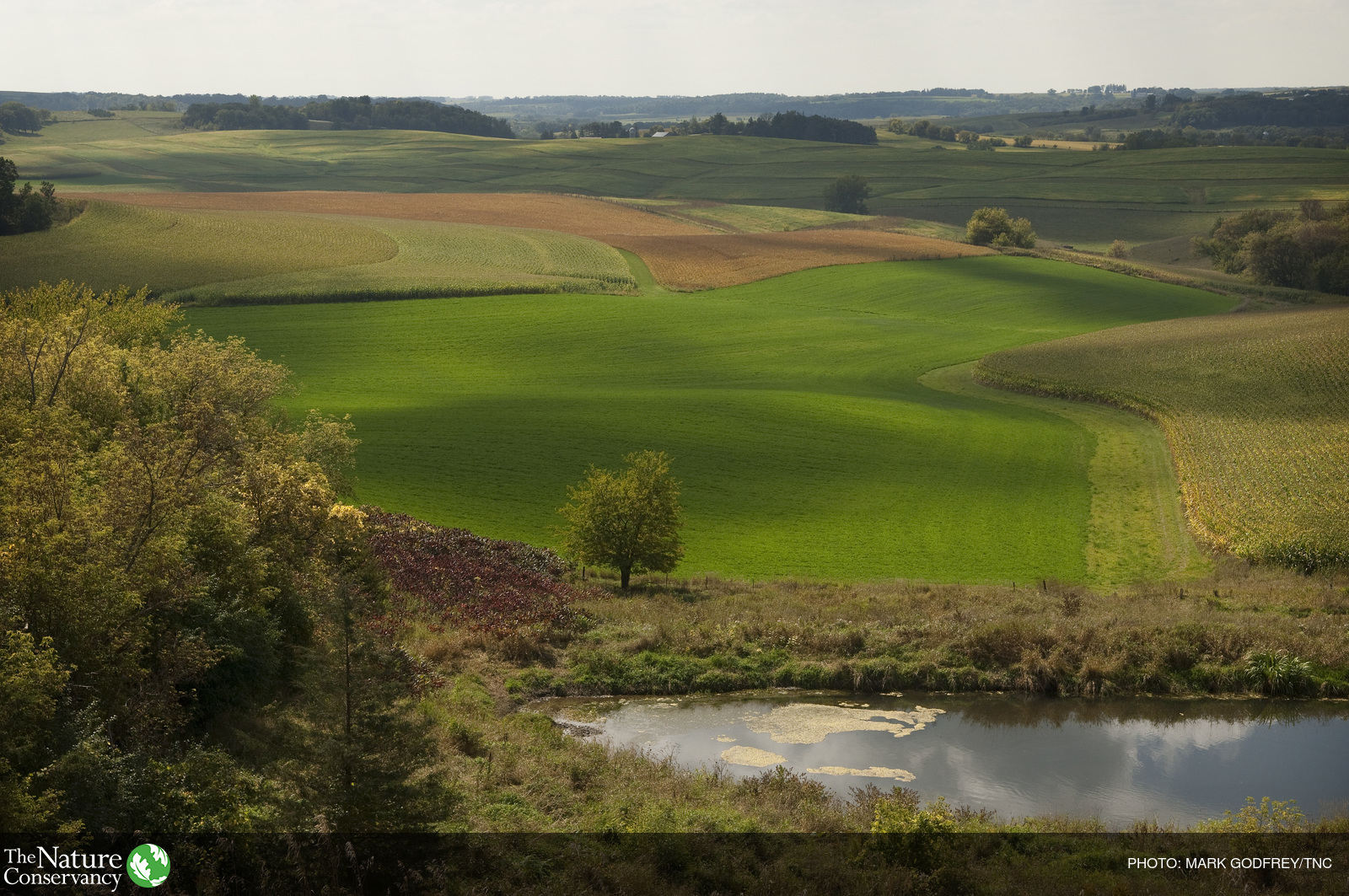Welcome to Our Website
Since 2016, the Minnesota Agricultural Community has been developing a proactive and responsible commitment to reducing nutrient losses in Minnesota. In 2020, the Minnesota Crop Production Retailers Association (MCPR) launched a 4R Nutrient Stewardship Certification Program for agricultural retailers. This voluntary, industry-led certification program consists of 32 science-based best management practices and nutrient standards that will be audited by trained third-party auditors. The certification program will be governed by an eleven member board called the Minnesota Nutrient Stewardship Council (MNSC) and administered by MCPR. Within the MNSC, there is an advisory committee comprised of twenty-six companies and organizations that provides recommendations to the Council for improving the program.
This approach provides a science-based framework for plant nutrition, sustained crop production, and reduced risk to the environment, while considering specific individual farms’ needs. The certification program will provide 4R industry standards for agricultural retailers and transparency with the public of how agriculture is playing a role in improving water quality and protecting water resources. This program and adoption of 4R science-based best practices will:
- Increase grower profitability by optimizing fertilizer efficiency
- Strengthen the relationships between nutrient service providers and grower customers
- Achieve higher crop yields
- Preserve natural ecosystems by growing more on less land
- Support state and nation-wide efforts to reduce nutrient runoff
- Help safeguard drinking water supplies
As an agricultural community, we all play a role in reducing nutrient losses and increasing nutrient use efficiency.
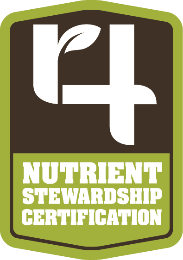

PRESS RELEASES
NUTRIEN - BIG LAKE
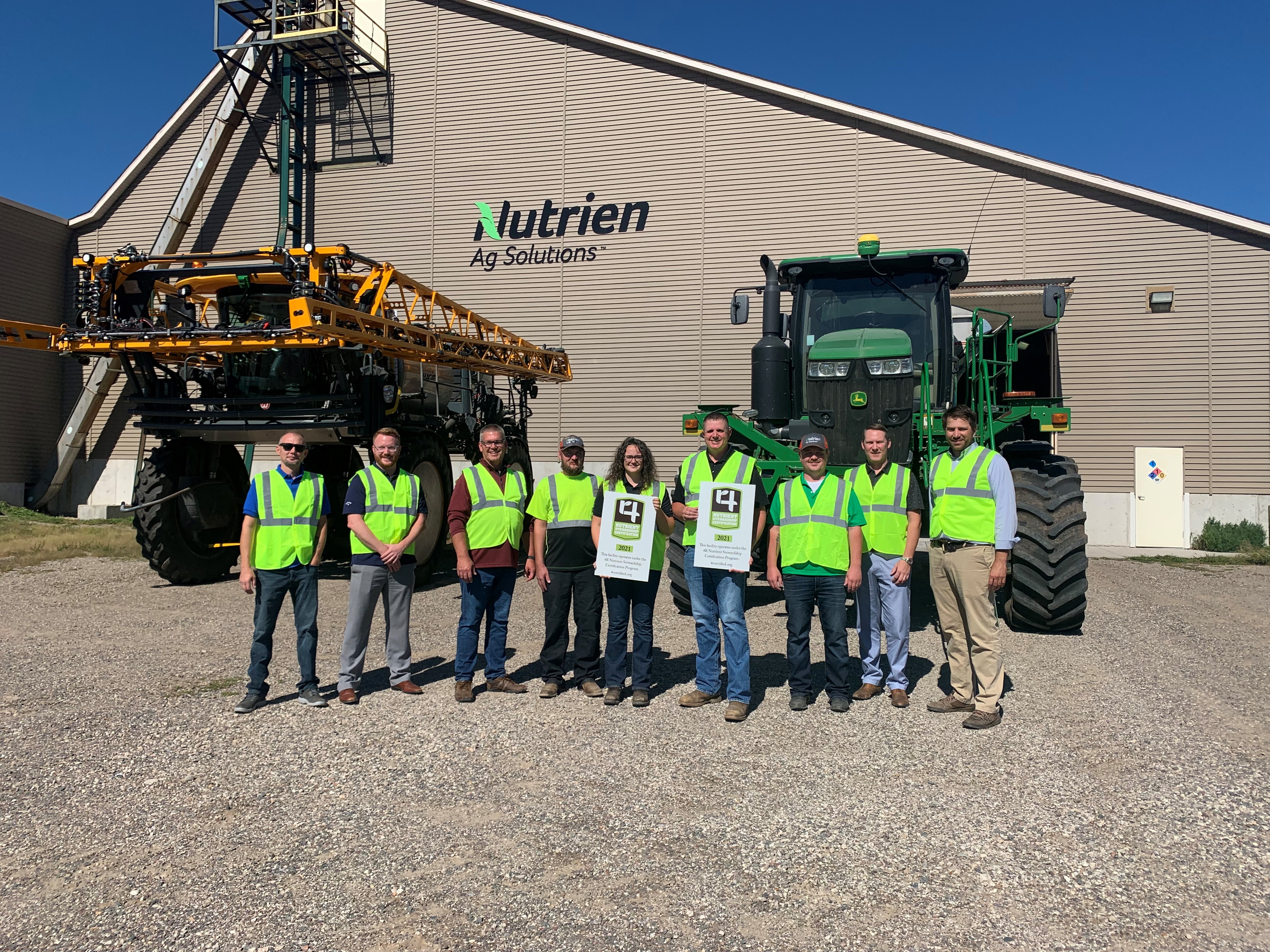
MNSC members and staff were joined by Nutrien Ag Solutions team members to recognize the facilities’ certification in Big Lake. Pictured from left to right are Peter Mead from the Nature Conservancy, MNSC Council Chair Adam Herges from Mosaic, Mark Pierson from Nutrien Ag Solutions, Randy Louwagie from Nutrien Ag Solutions, Sabrina Leuer from Nutrien Ag Solutions, MCPR Advisory Board Member/MNSC Council Member Andy Oeding from Nutrien Ag Solutions, Robby Reinking from Nutrien Ag Solutions, MCPR/MNSC Executive Director Patrick Murray, and MNSC Council Member Leif Fixen from the Nature Conservancy.
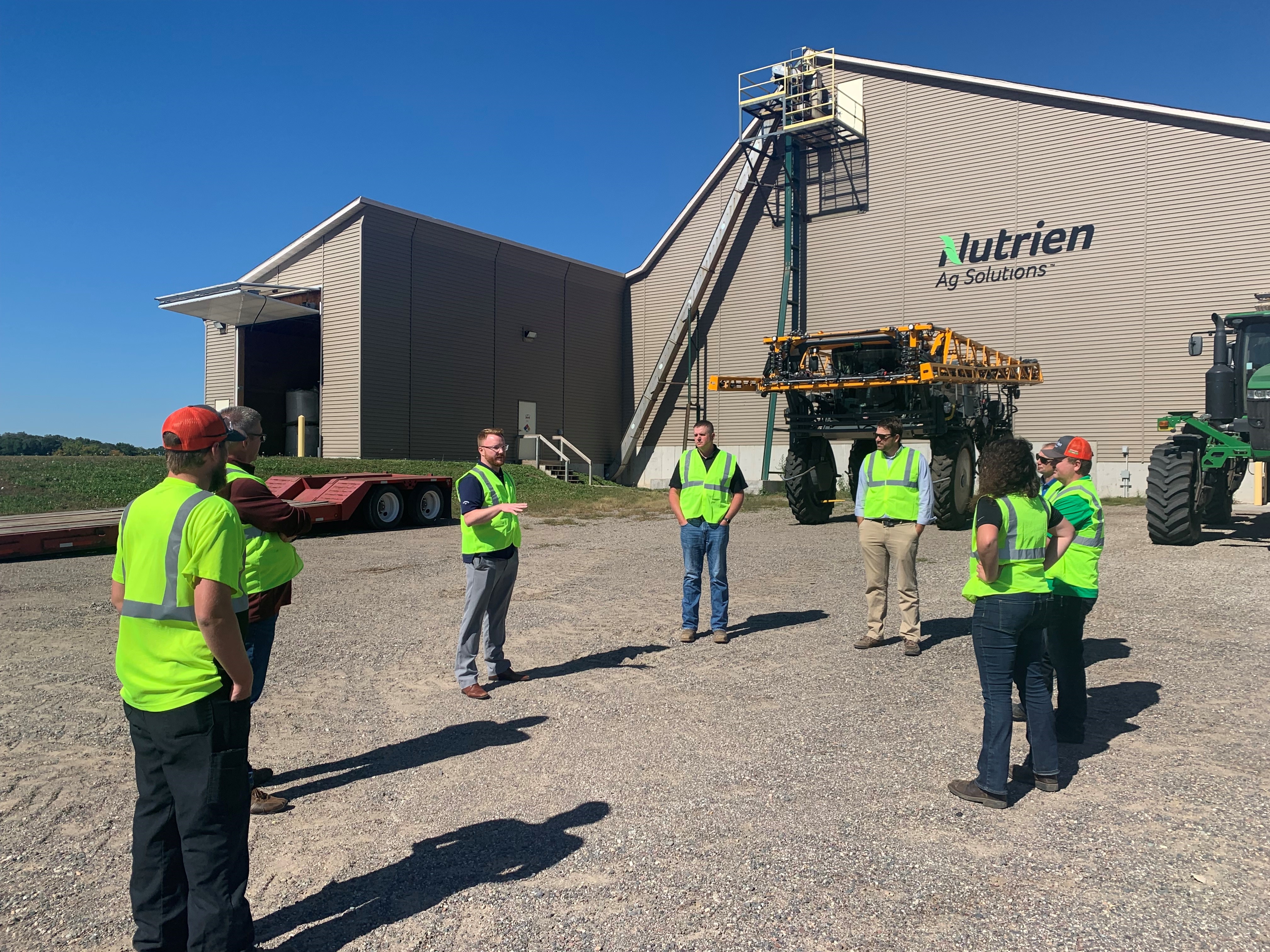
WEST CENTRAL AG - PARK RAPIDS
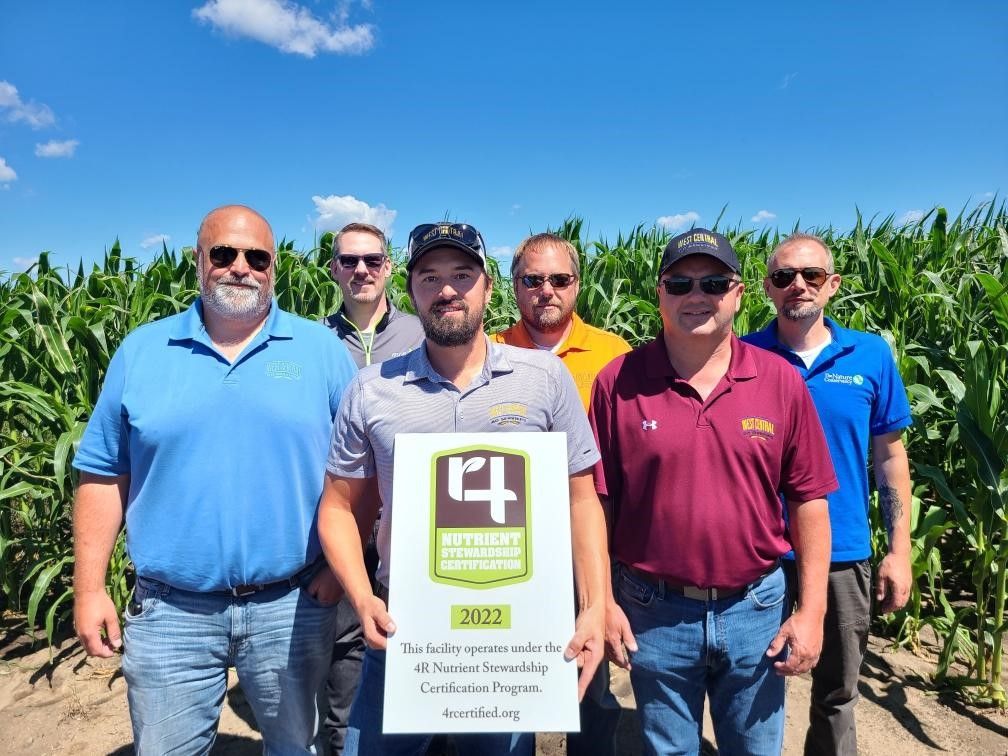
MNSC members and staff were joined by West Central Ag Services (WCAS) team members to recognize the facilities’ certification in Park Rapids. Pictured from left to right are MCPR Board Chair/MNSC Council Vice Chair Rick Walker from WCAS, MCPR/MNSC Executive Director Patrick Murray, Tyler Swenson from WCAS, Brad Fronning from WCAS, Wes Roll from WCAS, and Peter Mead from the Nature Conservancy.
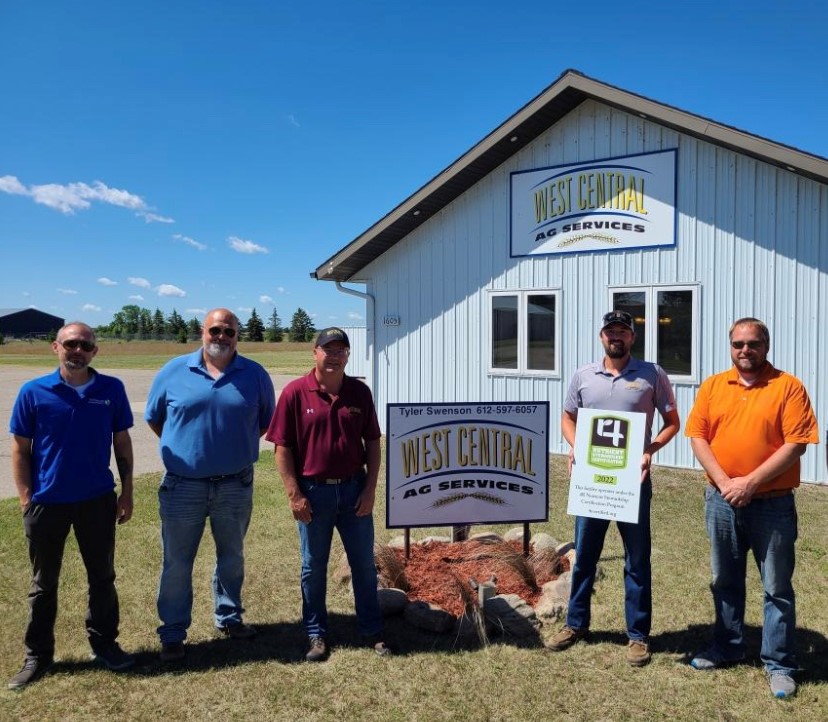
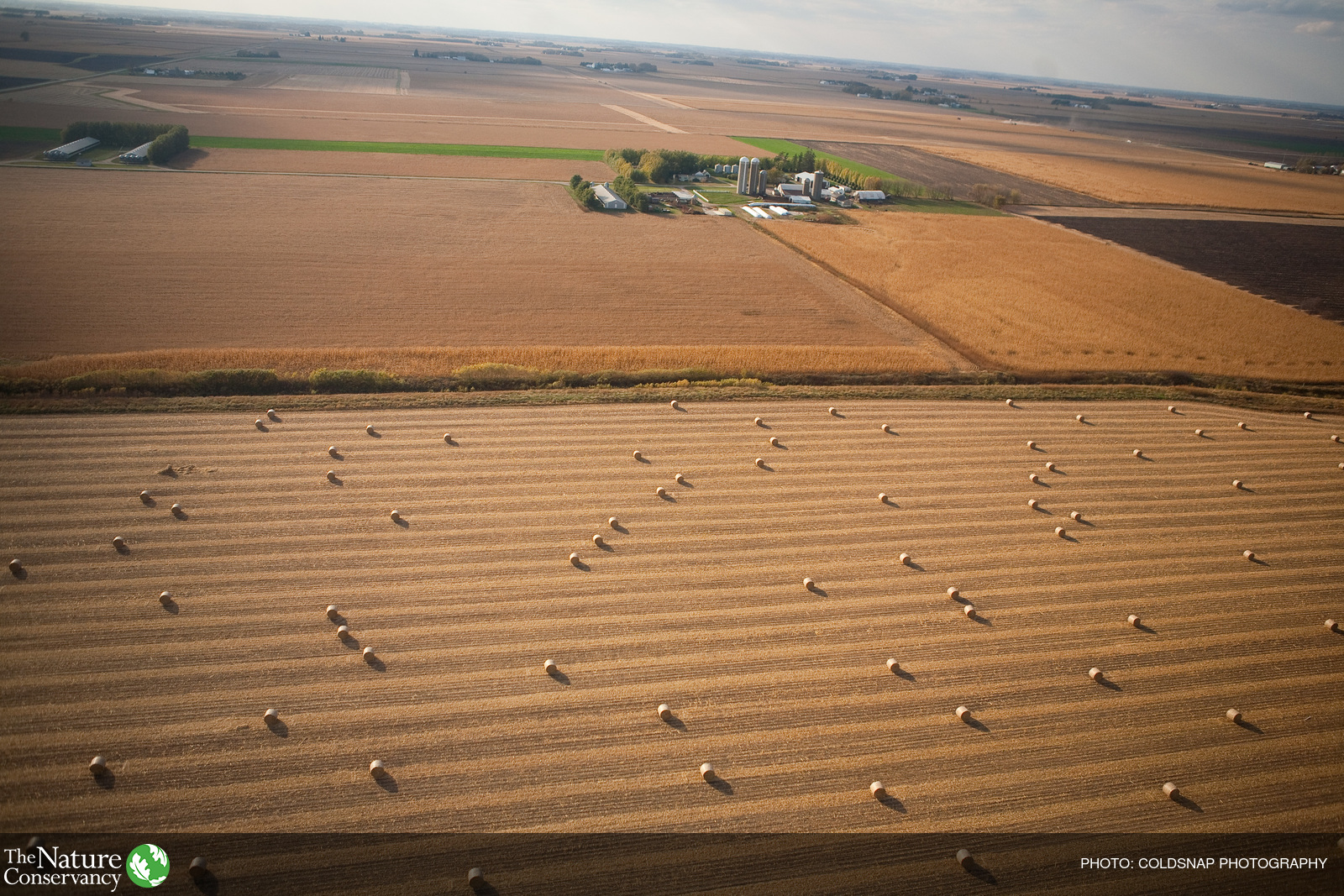
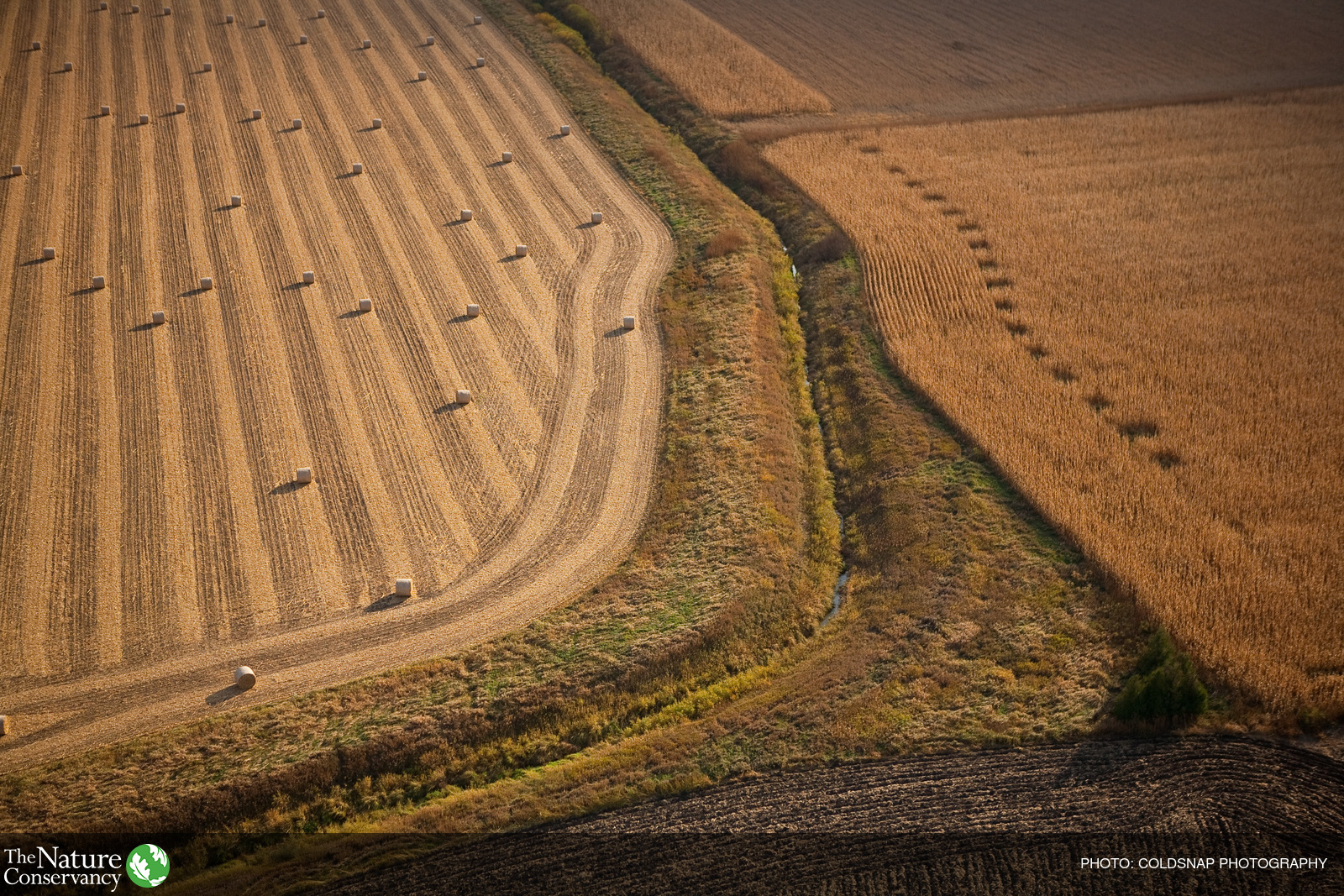
What are the 4Rs?
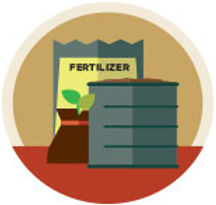
RIGHT SOURCE
Matches type of fertilizer type to crop needs.

RIGHT RATE
Matches amount of fertilizer to crop needs.

RIGHT TIME
Makes nutrients available when crops needs them.

RIGHT PLACE
Keep nutrients where crops can use them.
The 4R nutrient stewardship principles are the same globally, but how they are used locally varies depending on field and site specific characteristics such as soil, cropping system, management techniques and climate. The scientific principles of the 4R framework include:
RIGHT SOURCE – Ensure a balanced supply of essential nutrients, considering both naturally available sources and the characteristics of specific products, in plant available forms.
RIGHT RATE – Assess and make decisions based on soil nutrient supply and plant demand.
RIGHT TIME – Assess and make decisions based on the dynamics of crop uptake, soil supply, nutrient loss risks, and field operation logistics.
RIGHT PLACE – Address root-soil dynamics and nutrient movement, and manage spatial variability within the field to meet site-specific crop needs and limit potential losses from the field.
Benefits of Using the 4Rs
Agriculture Must Respond to the Pressures of Increasing Population and Regulation
4R nutrient stewardship can help improve agricultural productivity
-
Optimizing nutrient management is simply good business in dealing with fluctuations in prices of fertilizers and other inputs, as well as in process of crops sold.
-
Higher crop yields are well documented with better crop and soil management.
-
Improved fertilizer efficiency increases the quantity produced per acre for each unit of nutrient applied, without sacrificing yield potential.

_JPG.jpg)
4R nutrient stewardship can help minimize impacts to the environment:
-
Adopting nutrient stewardship contributes to the preservation of natural ecosystems by growing more on less land.
-
Retaining nutrients within a field’s boundaries and in the crop rooting zone greatly reduces the amount that is not utilized by plants and thereby escapes into the environment as pollution.
